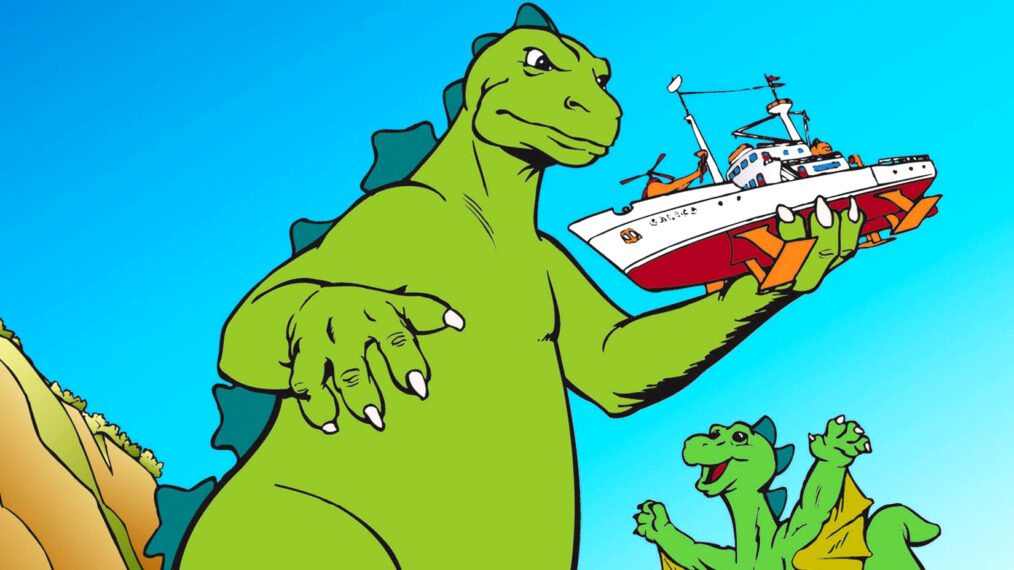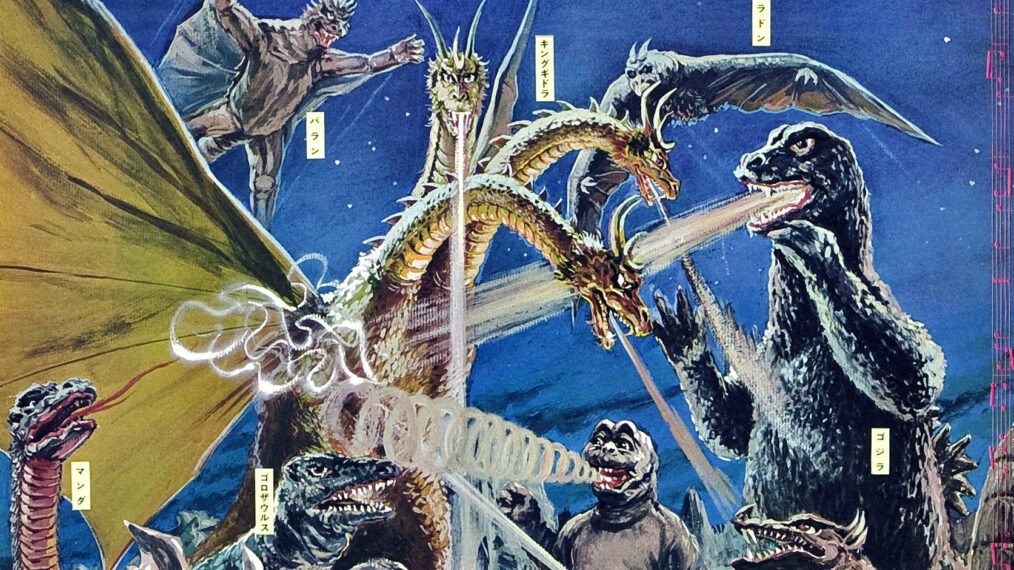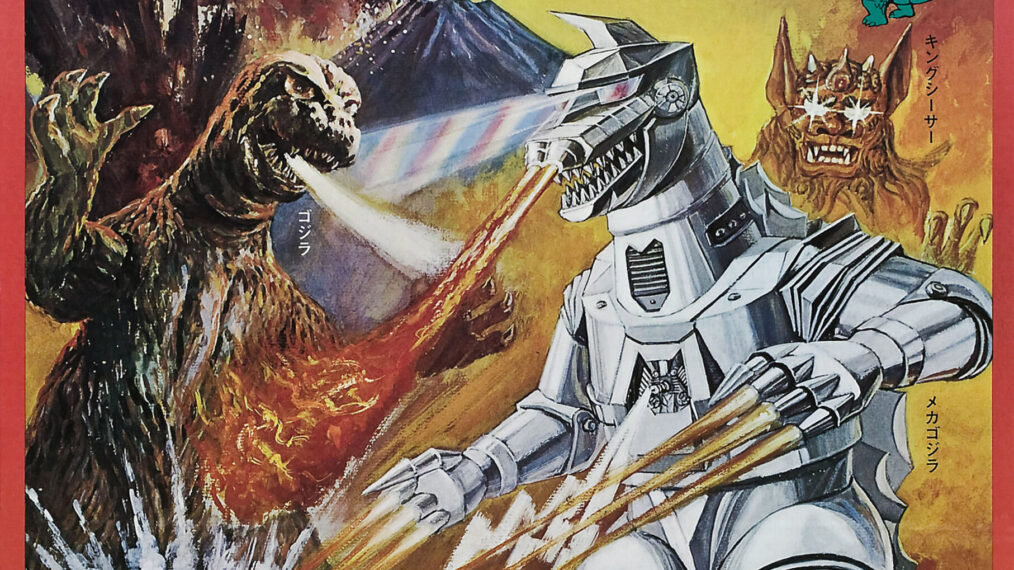Were There Really Two Different Endings for the Original ‘King Kong vs. Godzilla’?
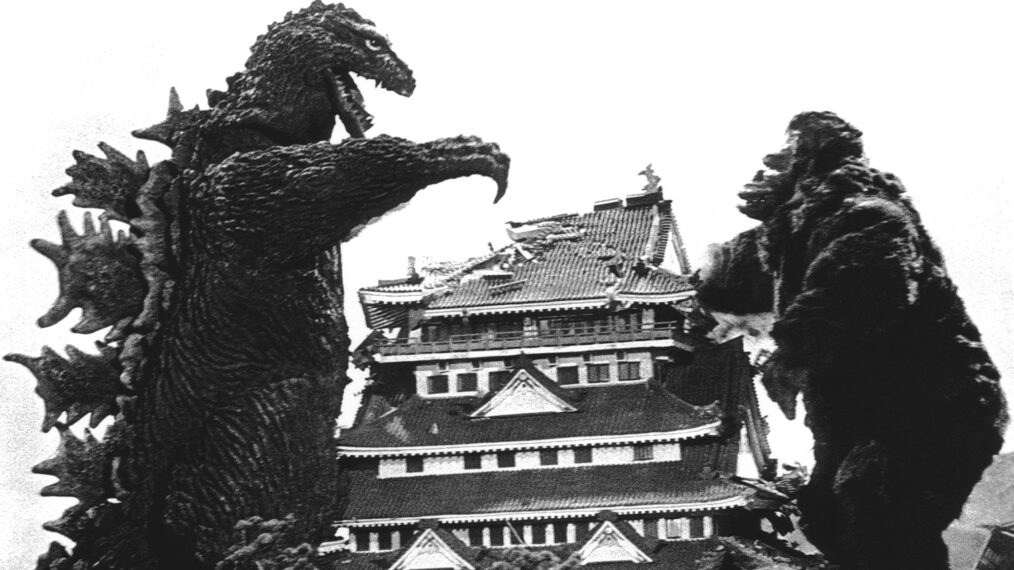
With Godzilla x Kong: The New Empire premiering soon (the latest trailer for this follow-up to 2021’s Godzilla vs. Kong dropped a few days ago; the film itself opens in theaters March 29, 2024), it got me thinking back to the movie that first paired these two classic movie monsters: 1962’s King Kong vs. Godzilla.
This Toho classic was a regular staple on the local creature-feature shows I enjoyed as a kid in the late ‘70s/early ‘80s. The version I saw, of course, was the English-language one, which I much later saw was quite different from the Japanese release beyond just the dubbing.
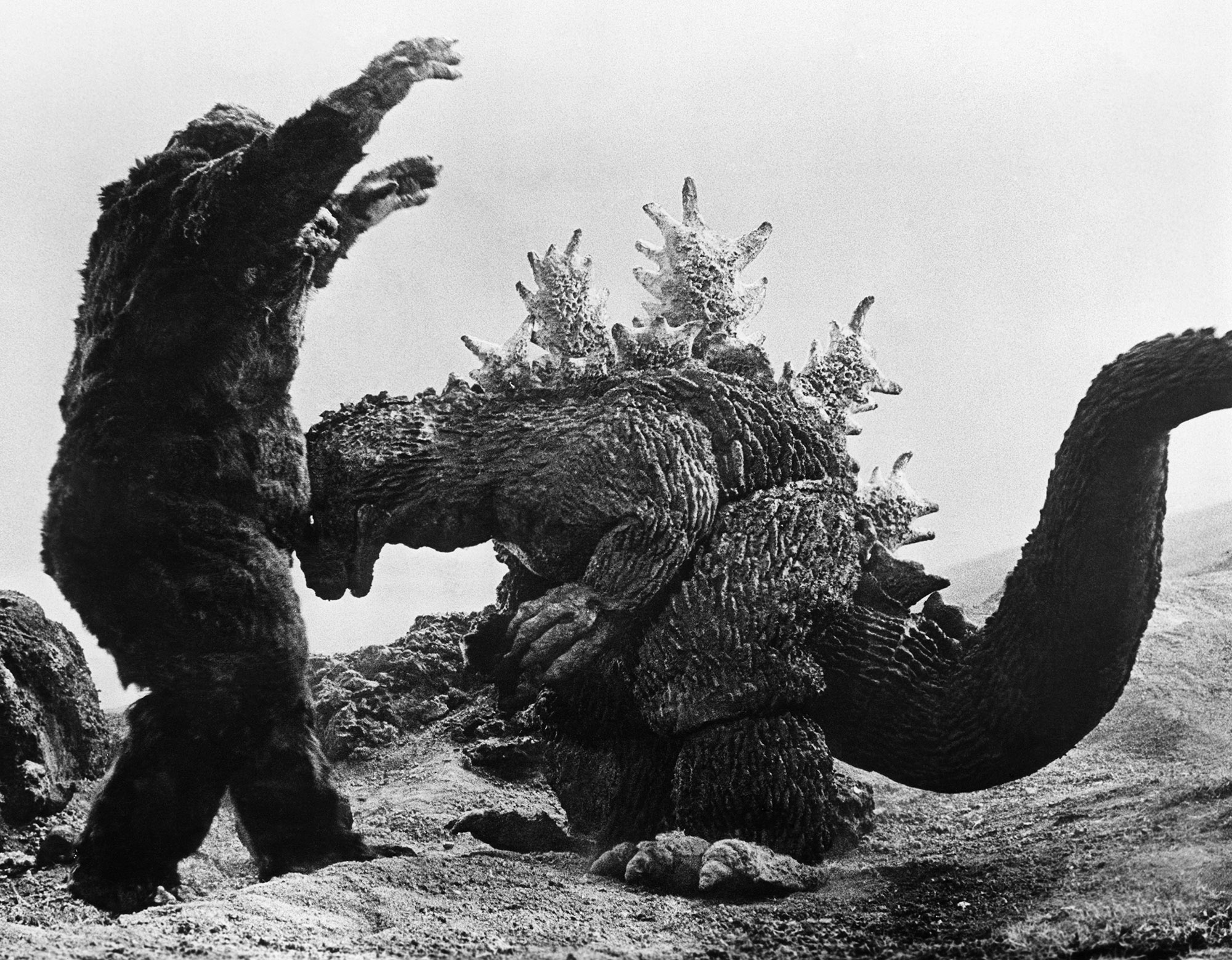
Toho Co., Ltd./Everett Collection
I had known there was a Japanese version of the film different from what I had seen even way back then, from reading about it in magazines like Famous Monsters of Filmland, and then talking about it with friends. There was no way for us to have seen it, however, so we had to imagine what made it different aside from the language.
The big thing I remember we came to believe about that unseen original version vs. the one we knew well was that each one had a different outcome to the monster battle: If you saw the film in Japan or elsewhere in Asia, Godzilla was the winner; in the American cut, Kong was victorious.
I don’t know exactly where we first got that idea, but it seemed to make sense, so we just accepted it. And it was something I had kept internalized as fact into early adulthood, when I finally did learn that it had just been a persistent urban legend.
The movie basically ends the same way in both versions, with Kong and Godzilla tumbling off a cliff into the sea. Kong is then seen swimming back to his island, and while Godzilla is not seen below some churning water, nothing indicates that he is dead. At best the fight can be called a draw.
To be fair, my friends and I certainly had not been alone in believing that King Kong vs. Godzilla had two different endings. Wherever this idea first arose seems hard to pinpoint, but it appears to have latched itself onto the film’s reputation almost since its premiere. And it became so prevalent that it was repeated as fact in reputable books and entertainment publications over the years, and even found its way into a version of the game Trivial Pursuit as an incorrect question and answer.
It’s possible the assumption that there were two endings might have come from a subtle difference in sound effects at the very end of the film. As the American version fades to black, only Kong’s roar is heard; in the Japanese version, both Kong and Godzilla’s roars are heard.
Interestingly, considering that the film’s ending has been what most people believed was most different about King Kong vs. Godzilla over the decades, it actually is not all that disparate between the versions. A good part of the rest of the film, though, does differ quite a bit, as I saw after finally watching the Japanese version for the first time just a few months ago.
As had been done with the original Gojira for its English-language release as Godzilla, King of the Monsters!, the U.S. version of King Kong vs. Godzilla, which was acquired and released by Universal, was “Americanized” with additional scenes shot with American actors that made it into almost a different film, with the action in the American version largely presented via a series of newscasts.
One big difference between the versions is in its musical score. The Japanese version features a terrific score by the legendary musical architect of the Godzilla franchise, Akira Ifukube, which was so iconic that a part of it was even featured in a callback within the score for the recent Godzilla Minus One.
The American version mostly relied on library music from a few of the studio’s previous releases. Some of that I recognized even watching it as a kid; during the fight scenes, I remember hearing the familiar strains of Hans J. Salter‘s classic score for Universal’s Creature From the Black Lagoon, another of my monster movie faves.
You can hear the difference in the musical choices even just in the main title sequences:
Ifukube’s score also introduces an initial, and still great, variation of the famous theme for Godzilla that would come to fruition a couple of years later when the big guy returned in 1964’s Mothra vs. Godzilla:
I’m not sure why the score was changed so much for the American release, but I’m glad to have been able to see the film accompanied by its original Ifukube score, and to just hear the score on its own thanks to iTunes, because it is pretty great and makes the Kong/Godzilla fight scenes even more enjoyable.
And those fight scenes are some of the most fun, physical and funny in the Godzilla franchise. Suit actors Haruo Nakajima as Godzilla, and Shoichi Hirose as Kong get very athletic, rolling around, flipping each other in the air and other WWE-like craziness.

The design of the Godzilla suit here is among the most famous incarnation, and its facial expression in particular makes the G-man look every bit the bad guy that he still very much was here, in his first appearance since 1955’s Godzilla Raids Again (and his first appearance in a color film). The Kong suit unfortunately looks pretty raggedy, but it still has a certain charm to it.
Director Ishirō Honda and special effects supervisor Eiji Tsuburaya are at some of their most creative here when staging these fights, pulling out all the stops and even utilizing a quick and hilarious stop-motion technique at one point in the final battle.
Here’s the fight as seen in the American version, during which you can hear some of the Black Lagoon music cues mentioned earlier:
And here is the Japanese version with the Ifukube music. For extra fun, the YouTube creator of this video has nicely added some video game-style healthbars for Godzilla and Kong:
In these fights, you can see themes that would become common in Godzilla clashes throughout the rest of the ’60s, like creatures throwing rocks at each other or Godzilla’s tail tending to get him in trouble when an opponent grabs it (or if he just happens to get it caught up in something and then subsequently trips).
It also set up the iconic Mt. Fuji as a prime backdrop for an epic monster battle; that site would be used in other films, notably in the finale of 1968’s Destroy All Monsters.
These fight scenes and the other scenes with each creature alone generally are the same between the two versions … I think.
(It’s honestly been hard to track either version of this movie down; they don’t appear to be streaming anywhere. The Japanese version with English subtitles that I was able to watch a few months ago on the Internet Archive is now gone. I’m not sure what’s up with the copyright on each version or why whomever is holding them would not want such an in-demand film to be widely available, but whatever.)
There are other cool sequences common to both versions. I especially recall Kong’s battle with the giant octopus on his home island. That octopus really creeped me out as a kid; I can clearly remember the squishing noise it made as it crawled along.
The rest of the cast beyond the suit actors, is fun, as well. Most of them are familiar faces from other Toho productions — notably Tadao Takashima, Kenji Sahara, Mie Hama, Akiko Wakabayashi, Akihiko Hirata and Jun Tazaki.
(Hama would also play the villainous Madame Piranha in Toho’s next Kong movie, 1967’s King Kong Escapes, and she and Wakabayashi would both also famously appear as “Bond girls” in the 1967 Japan-set James Bond movie You Only Live Twice.)
Comedian/actor Ichirō Arishima is on hand as one of the franchise’s more famous human characters: Mr. Tako. He is key in one major way that the Japanese version also differs from the American one, in that it is actually a very funny satire on the television industry. That aspect doesn’t necessarily come across as well in the U.S. release, as I recall.
I have to say I prefer the Japanese version of King Kong vs. Godzilla, but if you’re just looking for straight-up monster action, I don’t think you can go wrong with whatever one you happen to be able to see, even if there is not a clear winner (besides the viewer) in either.

